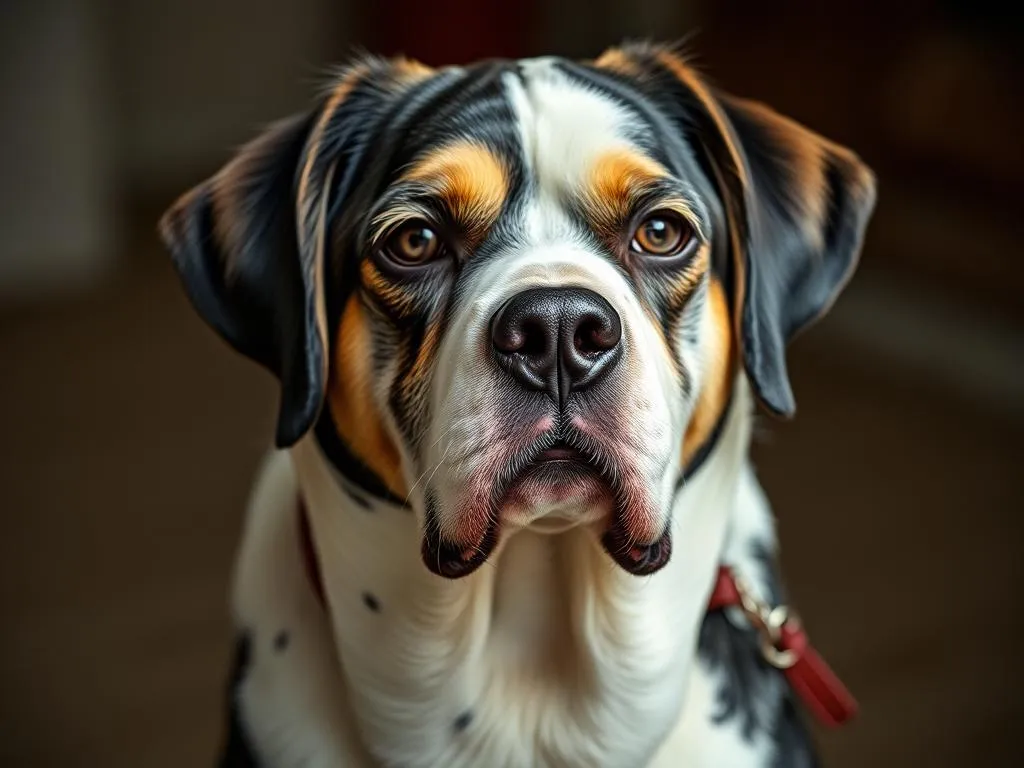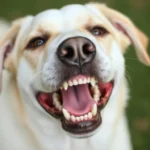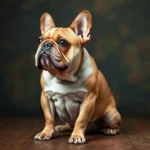
Introduction
What is a double coated dog? A double coated dog is characterized by having two layers of fur: an outer coat, known as the guard hair, and an undercoat, which provides insulation and warmth. This unique coat structure is designed to protect dogs from various environmental conditions. Breeds such as the Siberian Husky, Golden Retriever, and Alaskan Malamute are well-known examples of double coated dogs.
Understanding the health care needs of double coated dogs is essential for any pet owner. These breeds have unique grooming requirements and are prone to specific health issues that require attention. Unfortunately, there are many misconceptions surrounding the care of double coated dogs, leading to inadequate or incorrect handling by their owners. This blog post aims to clarify these aspects while providing a comprehensive guide on how to care for double coated dogs effectively.
Section 1: The Anatomy of Double Coated Dogs
What is a Double Coat?
A double coat consists of two distinct layers:
- Guard Hair: The outer layer is typically coarse and water-resistant, protecting the dog from moisture and dirt.
- Undercoat: The soft, insulating layer beneath the guard hairs keeps the dog warm in cold weather and cool in hot weather.
The double coat serves multiple purposes, including temperature regulation, protection from environmental hazards, and moisture resistance. Understanding this anatomy is crucial for effective grooming and overall health care.
Physical Characteristics
Double coated breeds often exhibit a thick, plush appearance due to their two-layered fur. The guard hair is longer and straighter, while the undercoat is softer and denser. These breeds undergo seasonal changes in their coat, particularly during shedding cycles in spring and fall, when they lose their undercoat to adapt to the changing temperatures.
Section 2: Grooming Essentials for Double Coated Dogs
Brushing Techniques
Proper grooming is vital for the health of double coated dogs. Recommended brushes include:
- Undercoat Rake: Ideal for removing loose undercoat hair.
- Slicker Brush: Effective for detangling and removing mats.
- Bristle Brush: Useful for smoothing the outer coat.
The frequency of grooming should be adjusted based on the season. During shedding seasons, daily brushing is beneficial. In non-shedding seasons, grooming can be reduced to once or twice a week.
Bathing Practices
Bathing a double coated dog should be done carefully. It’s generally recommended to bathe them every 6-8 weeks, depending on their activity level and coat condition. Choose shampoos formulated for double coated breeds to maintain the natural oils in their coats. Conditioning is equally important to keep the fur soft and manageable.
Dealing with Shedding
Understanding the shedding process is crucial for managing hair around the home. Double coated dogs typically shed more during spring and fall. To minimize the mess:
- Use lint rollers or vacuum cleaners designed for pet hair.
- Regularly brush your dog to reduce the amount of loose fur.
Section 3: Health Considerations for Double Coated Dogs
Common Health Issues
Double coated dogs are susceptible to certain health problems, including:
- Skin Problems: Conditions like hot spots and allergies can arise, particularly if the coat is not well-maintained. Regular grooming helps prevent matting and skin infections.
- Overheating: With their thick fur, double coated dogs can easily overheat, especially in warm climates. It’s crucial to monitor their temperature during exercise and provide plenty of water.
Nutritional Needs
A balanced diet plays a significant role in maintaining a healthy coat. Look for high-quality dog food rich in Omega-3 and Omega-6 fatty acids, which support skin and coat health. Additionally, consider supplements like fish oil or flaxseed oil to boost coat vitality.
Veterinary Care
Regular veterinary check-ups are essential for double coated dogs. They should receive specific vaccinations and treatments tailored to their breed. Discuss any grooming or skin issues with your veterinarian to ensure your pet remains healthy.
Section 4: Environmental Factors and Their Impact
Climate Considerations
Double coated dogs are naturally equipped to handle various weather conditions due to their unique coats. However, they can be affected differently in hot and cold climates:
- Cold Climates: Their thick fur provides excellent insulation, making them well-suited for colder areas.
- Hot Climates: While double coats can protect against overheating, it’s crucial to provide shade and access to cool water during hot weather. Regular grooming helps manage their coat and keeps them comfortable.
Exercise and Activity Levels
Exercise is vital for all dogs, but double coated breeds often require more due to their higher energy levels. Regular walks and playtime are essential. However, adjust their activity levels based on the season. During hot weather, limit outdoor activities to the cooler parts of the day.
Section 5: Behavioral Aspects and Training
Understanding Temperament
Double coated dogs tend to have friendly and loyal temperaments but can also display independent streaks. Common behavioral traits include:
- Affectionate nature with family members.
- Protective instincts, making them great watchdogs.
- Playfulness and high energy, requiring regular interaction.
Understanding these traits can help in creating a suitable environment for your dog.
Training Tips
Training double coated breeds requires patience and consistency. Here are some tips:
- Start training early to establish good habits.
- Use positive reinforcement techniques, such as treats and praise.
- Socialize your dog with other pets and people to enhance their social skills.
Section 6: Myths and Misconceptions about Double Coated Dogs
Debunking Common Myths
There are several myths about double coated dogs that need to be addressed:
- Myth: Double coated dogs cannot live in warm climates: While they can adapt, proper care is essential to ensure their comfort during hot weather.
- Myth: Double coat means more grooming is always needed: While they require regular grooming, the amount varies based on the season and individual dog needs.
Educating Dog Owners
Providing accurate information about double coated dogs is crucial for new dog owners. Awareness of their specific needs can lead to better care and a healthier, happier pet.
Conclusion
In summary, understanding what is a double coated dog is fundamental for any responsible pet owner. These breeds have unique grooming, health, and care requirements that must be met to ensure their well-being. By debunking myths and educating owners, we can promote a healthier environment for double coated dogs, enhancing their quality of life.
Ultimately, being informed about the specific needs of double coated dogs fosters responsible ownership. It ensures that these beautiful breeds live healthy, fulfilling lives, filled with love and companionship.









